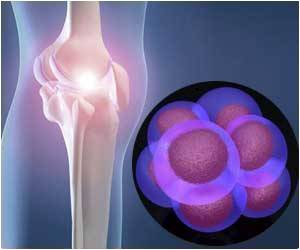Ever see something that isn't really there? Could your mind be playing tricks on you? The 'tricks' might be your brain reacting to feedback between neurons.

‘The 'optical illusions' might be your brain reacting to feedback between neurons in different parts of the visual system.’





Understanding this feedback system could provide new insight into the visual system's neuronal circuitry and could have further implications for understanding how the brain interprets and understands sensory stimuli. "We see with both our brain and our eyes. Your brain is making inferences that allow you to see the triangle. It's connecting the dots between the corners of the wedges," said Kuhlman, who is a member of Carnegie Mellon's BrainHub neuroscience initiative and the joint Carnegie Mellon/University of Pittsburgh Center for the Neural Basis of Cognition (CNBC). "Optical illusions illustrate some of the amazing things our visual system can do."
When we look at an object, information about what we see travels through circuits of neurons beginning in the retina, through the thalamus and into the brain's visual cortex. In the visual cortex, the information gets processed in multiple stages and is ultimately sent to the prefrontal cortex - the area of the brain that makes decisions, including how to respond to a given stimulus.
However, not all information stays on this forward moving path. At the secondary stage of processing in the visual cortex some neurons reverse course and send information back to the first stage of processing. Researchers at Carnegie Mellon wondered if this feedback could change how the neurons in the visual cortex respond to a stimulus and alter the messages being sent to the prefrontal cortex.
While there has been a good deal of research studying how information moves forward through the visual system, less has been done to study the impact of the information that moves backward. To find out if the information traveling from the secondary stage of processing back to the first stage impacted how information is encoded in the visual system, the researchers needed to quantify the magnitude of information that was being sent from the second stage back to the first stage. Using a mouse model, they recorded normal neuronal firing in the first stage of the visual cortex as the mouse looked at moving patterns that represented edges. They then silenced the neurons in the second stage using modified optogenetic technology. This halted the feedback of information from the second stage back to the first stage, and allowed the researchers to determine how much of the neuronal activity in the first stage of visual processing was the result of feedback.
Advertisement
The feedback, she says, might be what causes our brain to complete the undrawn lines in the Kanizsa triangle. But more importantly, it signifies that studying neuronal feedback is important to our understanding of how the brain works to process stimuli.
Advertisement
Source-Eurekalert









